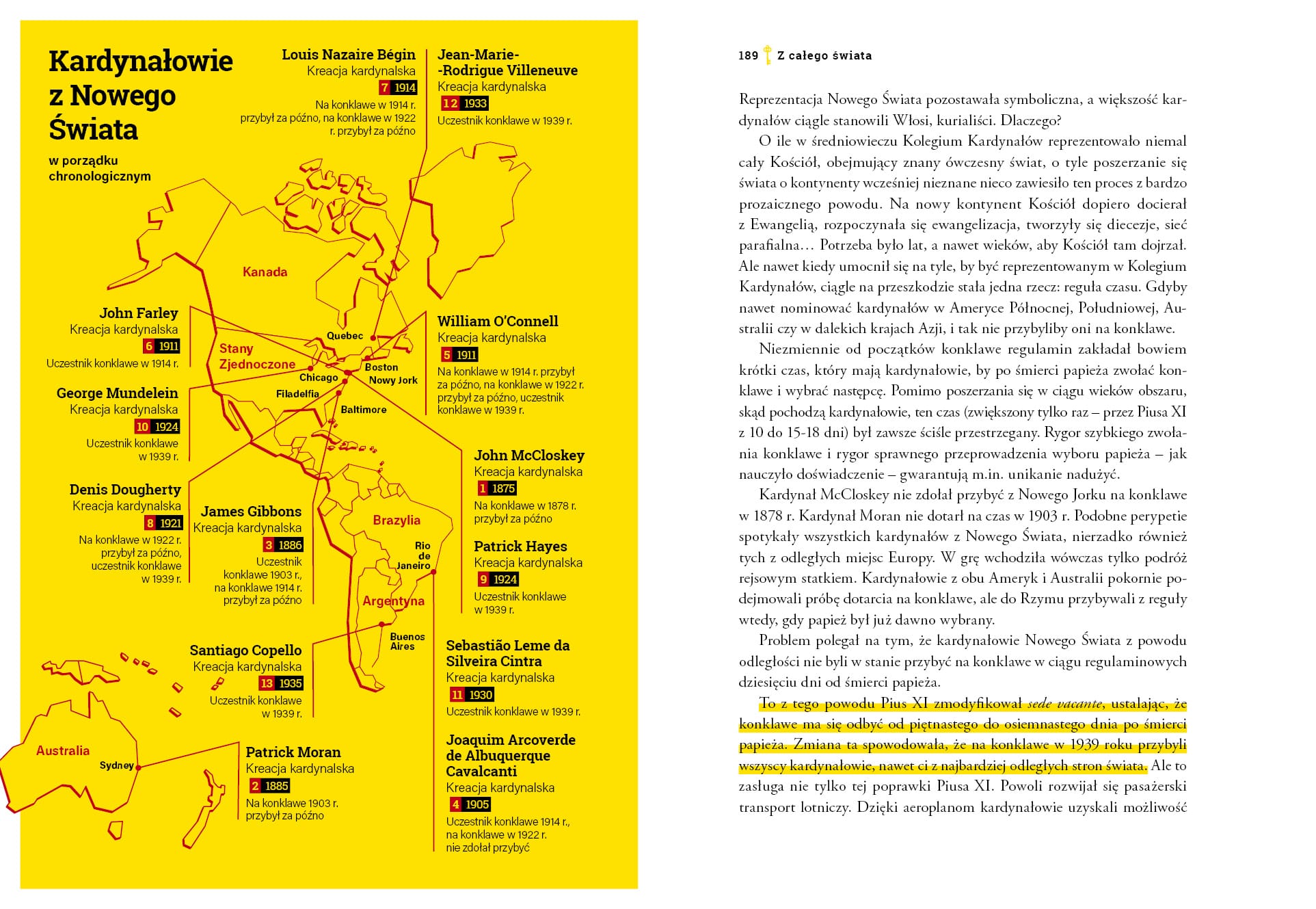What Is A Conclave? Understanding The Papal Election Process

Table of Contents
The Participants: Who Elects the Pope?
The Papal election rests solely on the shoulders of the College of Cardinals, a body of high-ranking clergymen within the Catholic Church. These Cardinals, carefully chosen for their piety, wisdom, and theological knowledge, are the sole electors in the conclave.
- Cardinal Electors: Not all Cardinals participate. Only those under the age of 80 at the time of the Pope's death or resignation are eligible to vote, forming the Cardinal electors.
- Eligibility and Voting Rights: Eligibility is a key consideration. Each Cardinal-elector holds one vote and must be free from any conflict of interest or scandal.
- Number of Cardinal-electors: The number of Cardinal-electors varies depending on the appointments made by the previous Pope. This number significantly influences the dynamics of the conclave.
- The Importance of the College of Cardinals: The College of Cardinals is crucial to the smooth functioning of the Catholic Church, serving as the Pope's advisory body and electing his successor. Their collective wisdom and experience guide the selection process ensuring the continuity of the faith.
The Location and Seclusion: The Conclave's Setting
Historically, the location of the conclave has varied, but since 1455, the Sistine Chapel within the Vatican City has served as its hallowed setting. The Sistine Chapel, famous for its breathtaking frescoes by Michelangelo, is transformed during the conclave into a place of intense prayer, deliberation, and ultimately, decision.
- Secrecy and Isolation: The conclave is characterized by strict secrecy and isolation. The Cardinals are effectively cut off from the outside world, preventing outside influences from interfering with the election process. This is crucial to ensuring a fair and unbiased selection.
- Security Measures: Tight security measures are implemented, safeguarding the Cardinals and maintaining the integrity of the election. Access to the conclave is highly restricted.
- Living Conditions: During the conclave, the Cardinals live together in simple accommodations within the Vatican, fostering a sense of community and shared purpose. This communal aspect is part of the process.
The Election Process: How a Pope is Chosen
The election process itself is a complex series of ballots and votes, conducted in a manner designed to ensure the selection of a worthy leader.
- Scrutiny: Each day of voting involves multiple rounds of "scrutinies," during which the ballots are counted.
- Two-Thirds Majority Requirement: A two-thirds majority vote is required to elect a new Pope. If no candidate receives this majority, voting continues until a decision is reached.
- Ballots and Burning of Ballots: Secret ballots are used, ensuring anonymity and preventing external pressures. The used ballots are then burned, with white smoke signaling a new Pope and black smoke signifying that voting will continue.
- Multiple Rounds: The process can take several days or even weeks, with multiple rounds of voting as needed to achieve the required majority.
The New Pope: Announcing the Election and Inauguration
Once a Pope is elected, the world awaits the announcement from the balcony of St. Peter's Basilica, a moment of intense anticipation.
- Habemus Papam!: The iconic words, "Habemus Papam!" ("We have a Pope!") resonate across the globe, signaling the end of the conclave.
- St. Peter's Basilica: The announcement of the new Pope's name from the central balcony of St. Peter's Basilica is a significant moment, witnessed by millions worldwide, both physically present and through broadcast.
- Inauguration Mass: The Inauguration Mass, a grand ceremony that takes place days after the election, formally installs the new Pope as the head of the Catholic Church. This Mass is a significant event in the Catholic calendar.
Conclusion: Understanding the Conclave and the Papal Election
The conclave, a process shrouded in tradition and secrecy, is a vital component of the Catholic Church's governance. Understanding the selection process of a new Pope requires grasping the roles of Cardinal electors, the importance of the Sistine Chapel’s seclusion, the intricacies of the voting system, and the momentous announcement of "Habemus Papam!" The conclave’s significance lies not just in choosing a new Pope but in upholding the centuries-old traditions of the Catholic faith. Learn more about the fascinating world of the Papal conclave and deepen your understanding of this significant event in the Catholic faith by exploring the Vatican's official website or researching historical Papal elections.

Featured Posts
-
 Check The April 12th 2025 Lotto And Lotto Plus Results Here
May 07, 2025
Check The April 12th 2025 Lotto And Lotto Plus Results Here
May 07, 2025 -
 Steelers Pickens Why A Trade Never Happened
May 07, 2025
Steelers Pickens Why A Trade Never Happened
May 07, 2025 -
 Ks Sliwinski W Warszawie Premiera Ksiazki O Tajnikach Konklawe
May 07, 2025
Ks Sliwinski W Warszawie Premiera Ksiazki O Tajnikach Konklawe
May 07, 2025 -
 Las Vegas Welcomes The John Wick Experience
May 07, 2025
Las Vegas Welcomes The John Wick Experience
May 07, 2025 -
 Onet Premium Fakt W Promocyjnej Ofercie
May 07, 2025
Onet Premium Fakt W Promocyjnej Ofercie
May 07, 2025
